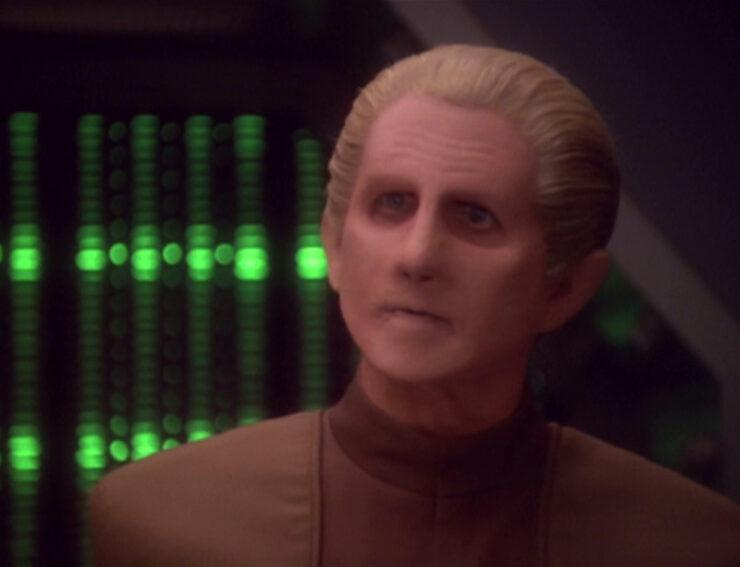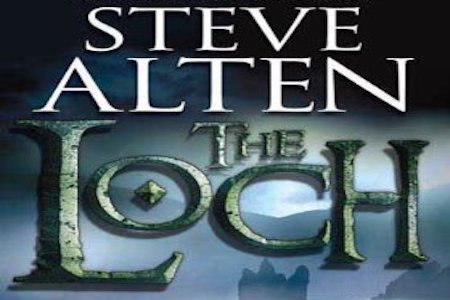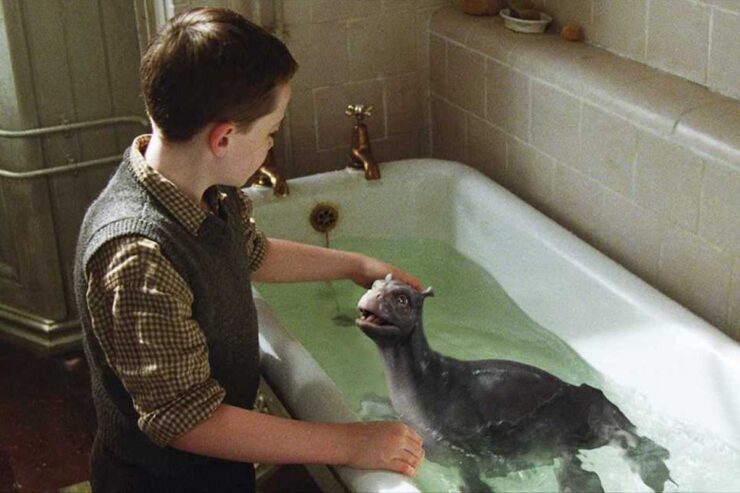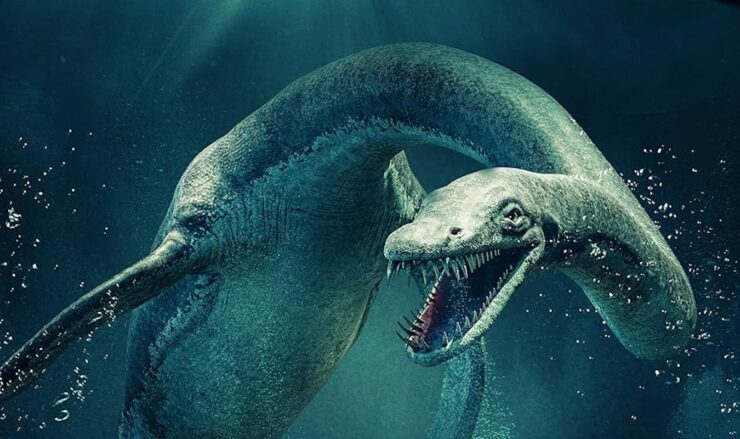Aside from werewolves, there are remarkably few shapeshifters in fantasy films. Even the great Ladyhawke stars a knight who turns into a wolf, along with its lady who turns into a hawk. Science fiction, by contrast, along with its fantastical cousin the superhero epic, loves its metamorphing aliens.
There’s just something about protean lifeforms that makes an auteur’s heart go pitty-pat. Star Trek’s Changelings are a classic example of the species. They’re the natural offspring of that classic creature from outer space, the Thing. They’re ancient and mysterious; and they’re puddles of goo that can only hold solid form for a few hours before they have to revert to the native liquid.
We first meet them in Deep Space Nine, in the person of Odo, the security chief with the strange, unfinished-looking face. Odo is a foundling; he doesn’t know what he is or where he comes from, only that he can transform into anything at all, from an inanimate object to a humanoid alien. As the series goes on, he learns that he’s one of a species called the Founders, and that he’s part of a great experiment. A hundred infant Changelings were sent out in containers to various species, to discover how those species would react to a Changeling.
By the time the series ends, the Founders have been revealed to be the dominant species of the Dominion, which rules in the Gamma Quadrant, and they’ve gone to war against the species of the Alpha Quadrant, including the Federation. In short, they’re the bad guys. And then in Picard, they’re at it again, doing their best to destroy the Federation from the inside out.
Changelings in this universe represent two fundamental fears: that the person we’re talking to might not actually be that person, but a simulacrum, a mimic—a false image; and that a species might consist not of separate individuals but of a group or hive mind, which the Founders call the Great Link. Although the Federation’s ideals are all about cooperation and collaboration, the root assumption is individualism good, hive mind bad. Individuals are all about doing things together, but when they get together mentally as well as physically, their first impulse is to conquer everybody else.
Unlike the Borg, who want to turn everyone into themselves, the Founders are more into plain old galactic domination. They do this by taking on the appearance of members of the species they’re trying to dominate. It’s more than mimicry; it’s transformation down to the cellular level.
There are ways to tell: extract blood, and once removed from the main body, it reverts to primordial goo. By the time of Picard, they’ve found a way to circumvent that, which means in turn finding a way circumvent the circumvention. You have to love the ever-morphing worldbuilding that is Trek.
Changelings were deliberately designed to be scary. The name itself is very old in human lore and legend. The original changelings were faery creatures left in the cradles of human children (or, more rarely, adults might be taken away and changelings be left in their place). They might look like the humans who had been stolen, but they would immediately or gradually reveal their inhuman nature, sometimes by dwindling and dying, sometimes by weird and antic behavior, sometimes by demonstrating unusual knowledge or wisdom. In every case, the real person would be stolen away, and the false one be left in its place.
Trek Changelings fight dirty. They can take on the form of any person, all the way up to the top of the power structure. They’re the ultimate spies. They can infiltrate any institution. They may take over the government; they may take control of an interstellar fleet. By the time non-Changelings have figured out what’s happening, it’s very late in the game, and very difficult to eradicate the threat.
Buy the Book
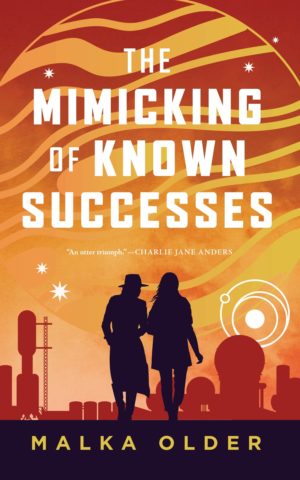

The Mimicking of Known Successes
In Deep Space Nine, the Alpha Quadrant wins, but it’s a terrible victory. It is, quite frankly, genocide. There’s no other way, we’re told. The Founders can’t be defeated by any ethical or moral means. They have to be eradicated.
There is an out at the end. An antidote. A way to save a few of the Founders. Which reverberates through the universe and leads to the events of Picard. And that’s dark, too, and apocalyptic, and the scary, scary thing is that you can’t know if the person you’re talking to is one of you, or the scary, scary, bad, mean, angry, vengeful alien.
It’s a deep human fear. What if you’re not real? What if you can anything you want or need to be? And what if you’re profoundly prejudiced against us “solids”? We are what we are. We can’t shift at will. We’re not a liquid by nature.
But there’s another layer to that, too. The reason why the Founders are so biased against solids is because solids are so biased against them. They’re two incompatible states, and they’re both out to destroy each other.
That, when I think about it, is fundamental Trek. The utter illogic of prejudice, and the utter intransigence of it. A classic example is the Original Series’ episode, “Let That Be Your Last Battlefield.” The antagonists here aren’t shapeshifters, they’re two aliens with diametrically opposed color patterns, each of whom is absolutely convinced that the other pattern is The Enemy. They can’t be dissuaded. They can never be reconciled. They are literally enemies to the death.
The lesson is explicit. It resonates through the whole Trek universe. We see it in the Borg, too, whose drive to assimilate any and all species into their Collective is just as terrifying as the Founders’ campaign of conquest-from-within. Some things, and some species, are incompatible with life as humans (and specifically late twentieth- and early twenty-first-century American humans) want it to be.
Judith Tarr is a lifelong horse person. She supports her habit by writing works of fantasy and science fiction as well as historical novels, many of which have been published as ebooks. She’s written a primer for writers who want to write about horses: Writing Horses: The Fine Art of Getting It Right. She lives near Tucson, Arizona with a herd of Lipizzans, a clowder of cats, and a blue-eyed dog.










